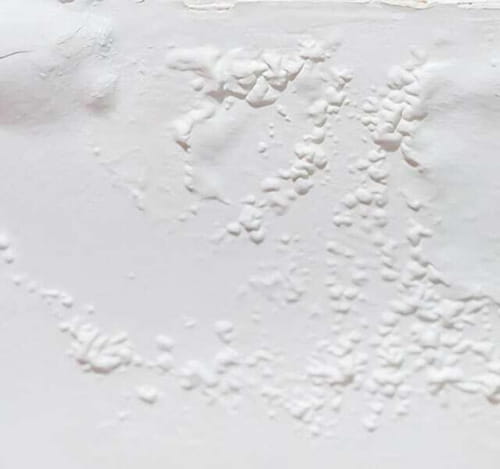
How do you fix bubbles in painted furniture?
Remove blisters by scraping, sanding or pressure-washing down to underlying coats of paint or primer. Repaint the surface with a high-quality interior/exterior paint (make sure the surface temperature is below 90º F).[1]
How do you fix bubbling paint on wood?
Step 1: Scrape away the bubbles, and patch it along the way. Step 2: Scrape and clean the surface, and then finish off with latex and oil-based primer that works to block stains. Step 3: Choose the primer according to the type of paint you’re using. Step 4: For the next paint application, don’t skip out on the primer.[2]
What causes paint bubbles on wood?
Bubbling of exterior paint coating is usually caused by moisture in the substrate (wood siding, stucco, etc.) Moisture bubbles, unlike heat blisters, will go through all coats of paint down to the substrate. Under normal conditions, water will want to evaporate.[3]
Will paint bubbles go away?
Not all paint bubbles need to be repaired. Ace Paints, a company in Pittsburgh, Pennsylvania, says some bubbles may appear soon after painting but go down once the paint has dried. Paint bubbles can be removed by simply scraping them away from the wall. A paint scraper or putty knife is suitable for this purpose.[4]
Why is second coat of paint bubbling?
Excess moisture on your painted walls—whether from water droplets, high humidity, leaks, or plumbing problems—can cause water-filled bubbles in the paint, originating anywhere from the substrate level to between the top two coats.[5]
Can humidity cause paint bubbles?
Moisture. Moisture from water droplets, leaks, or high humidity, can all soak into the wall, creating bubbles between the wall and the paint. These types of bubbles happen in rooms where dampness is common, like bathrooms and kitchens.[6]
Does bubbling paint mean mold?
Paint Bubbles The bubbling or cracking of the paint on your wall is never something you should ignore. It usually means that you have had some sort of flooding or water leakage around that area. The presence of moisture trapped behind the paint makes the pockets of air (bubbles) a suitable place for mold to grow.[7]
At what temperature does paint blister?
Temperatures over 90 F can cause paint to bubble and blister, which results in peeling once the paint cures.[8]
What is paint blistering?
Heat blistering caused by painting in direct sunlight on a surface that is too warm. Moisture blistering can be caused by the migration of water through an interior wall to the exterior, thus pushing the paint off of the surface. Application of oil-based or alkyd paint over a damp or wet surface.[9]
What causes stain to bubble?
When you spread stain on wet wood, bubbles form in the pores, and if the weather is hot, they can rise to the surface before the stain dries. You may also be getting bubbles simply because you’re working too fast, so Saver Systems advises that you take your time.[10]
Can paint bubble if too cold?
What causes bubbles on painted walls? Well, the answer could be humidity, low temperatures, and moisture. Damp areas will cause your paint to bubble as well as too cold and not properly heated rooms.[11]
How do you prevent bubbles when painting with a roller?
Use of a roller cover with wrong nap length. Applying a gloss or semi-gloss paint over a porous or unsealed surface. High heat during application speeds up drying; bubbles or craters that form will dry before they can break and level out. Using a thinner/reducer that is inappropriate for the coating.[12]
